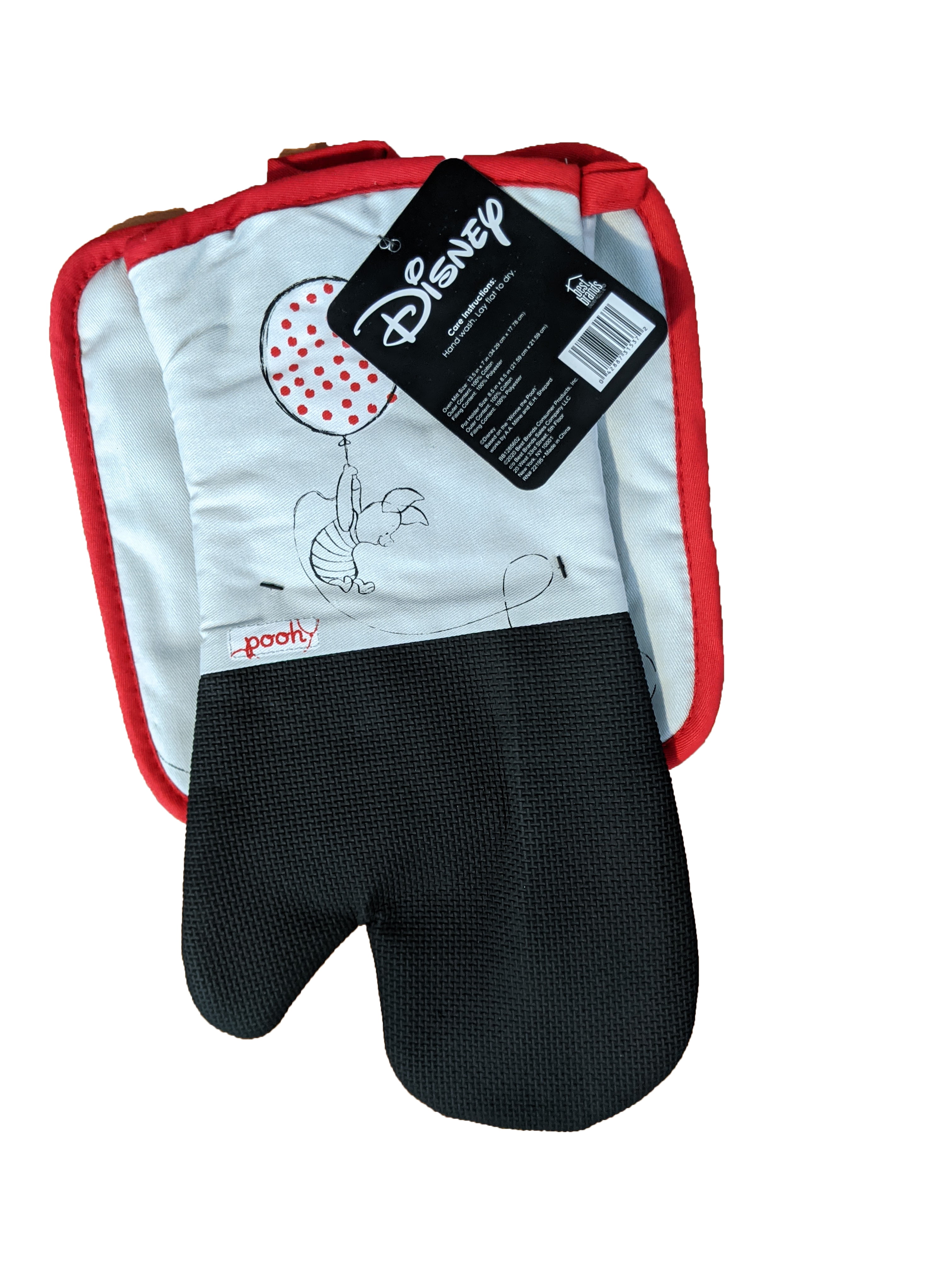
Some tool belts come in a variety of sizes, and many also offer expansion panels or adjustable closures that offer more flexibility so you can get the right fit. Manufacturers typically list tool belt size in a range (or ranges) of waist measurements. Depending on the type of work or DIY projects you do though, the number of pockets might not matter to you as much as making sure the tool belt can accommodate the specific items you want to carry. Ideally, the belt should have pockets of varying sizes so you can stash an assortment of tools and accessories without anything falling out or getting damaged. But more pockets mean more tools, so a belt with lots of pockets will also tend to be heavier once it is filled.

Number of PocketsĪll things being equal, I say the more pockets, the better.

If you frequently work outside in hot temperatures, you might want to look for a belt made from a breathable mesh material. But tougher material often translates to a heavier belt.

If you will be lugging around many heavy tools or working in harsh conditions, you will want a belt made with durable material like reinforced nylon or leather. And they go with you as you keep moving, all while freeing up your hands to keep working.įor Tidier Tools: The Best Tool Bags to Keep Your Gear Safe | Declutter Your Workshop with These Pegboards | 10 Tool Box Organizers What to Consider Material Thanks to your trusty tool belt, you can keep all of your important tools and supplies in easy reach. Tool belts might not get a lot of glory, but they play a critical role in keeping jobs or DIY projects running smoothly.


 0 kommentar(er)
0 kommentar(er)
